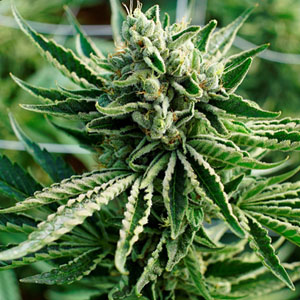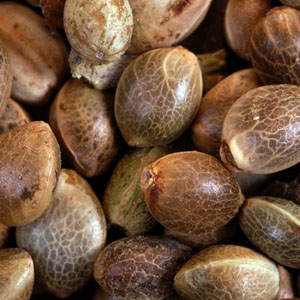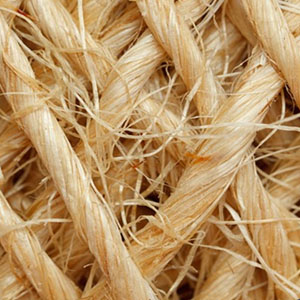Cannabis is an annual flowering dioecious plant that evolved from native plants that grew at the base of the Himalayas.
Although the experts are divided on whether there is only one species of cannabis or several different species, the most widely accepted description of the cannabis plant divides it into three subspecies:

Cannabis Sativa
- High and little foliage, with elongated leaves and flowering period.
- The plants grow tall and usually measure about 1.8 m. They can reach 7.5 m.
- Flowering stage: between 8 and 15 weeks.
- Production size: 1.5 to 2.5 oz. per plant.
- Effect: categorized in general by having stimulating and expansive effects that alter the mind.

Cannabis Índica
- Shorter, thick and conical, with relatively broad foliage.
- Broad and short leaves.
- The plants are short and grow between 2 and 4 feet.
- Flowering stage: between 6 and 12 weeks.
- Production size: 3 oz. To 1 lb. per plant.
- Effect: they are known for their sedative and gentle effects on the body.

Cannabis Ruderalis
- Short, without branches, and grows wild in parts of Europe and Central Asia.
- It grows between 1 and 2.5 feet.
- Flowering stage: it blooms automatically after 21-30 days of vegetation.
- Production size: 1-2 oz. per plant or less
- Effect: Effects are minimized by their low THC concentrations.
These descriptions have been adopted by the cannabis community, which commonly distinguishes the “sativa” strains from the “indica” strains depending on the perceived differences in effects, height, width, leaf size, aroma, flowering time and features of the ramifications.
Nowadays, as a result of the crossing of the main strains of sativa and indica, most strains are hybrid and the primary effects are determined by the most dominant strain.
In order to cover different cannabinoid profiles, we have developed more than 10 cannabis varieties, including some autochthonous varieties.
APPLICATIONS AND USES
El uso del cannabis y sus productos se extendió rápidamente por el mundo y hoy en día se cultiva en una amplia variedad de climas desde los polos hasta el ecuador. Desde que sus propiedades fueron descubiertas y su utilidad demostrada, su cultivo ha sido de gran valor a lo largo de la historia.
Cannabis is grown mainly by these products:

Resinous flowers
The buds or flowers of the plant concentrate the greatest amount of medicinal compounds produced in a natural way: cannabinoids, terpenoids and flavonoids.

- Essential oils and extracts
- Tinctures and concretes
- Drugs
- Cured and dry leaf to inhale

Nutritious seeds
Hemp seeds are a rich source of amino acids, proteins, dietary minerals and fiber. The oils are rich in essential fatty acids.

- Cosmetic products for hair and skin
- Dietary and nutritional supplements
- Protein and other food products

Fibrous stems
The fiber of cannabis, derived from the stems of what is commonly called hemp, used for the manufacture of resistant fabrics, paper and construction materials.

- Fibers for textile and fashion
- Paper pulpInsulating
- Construction materials
- Plastic
